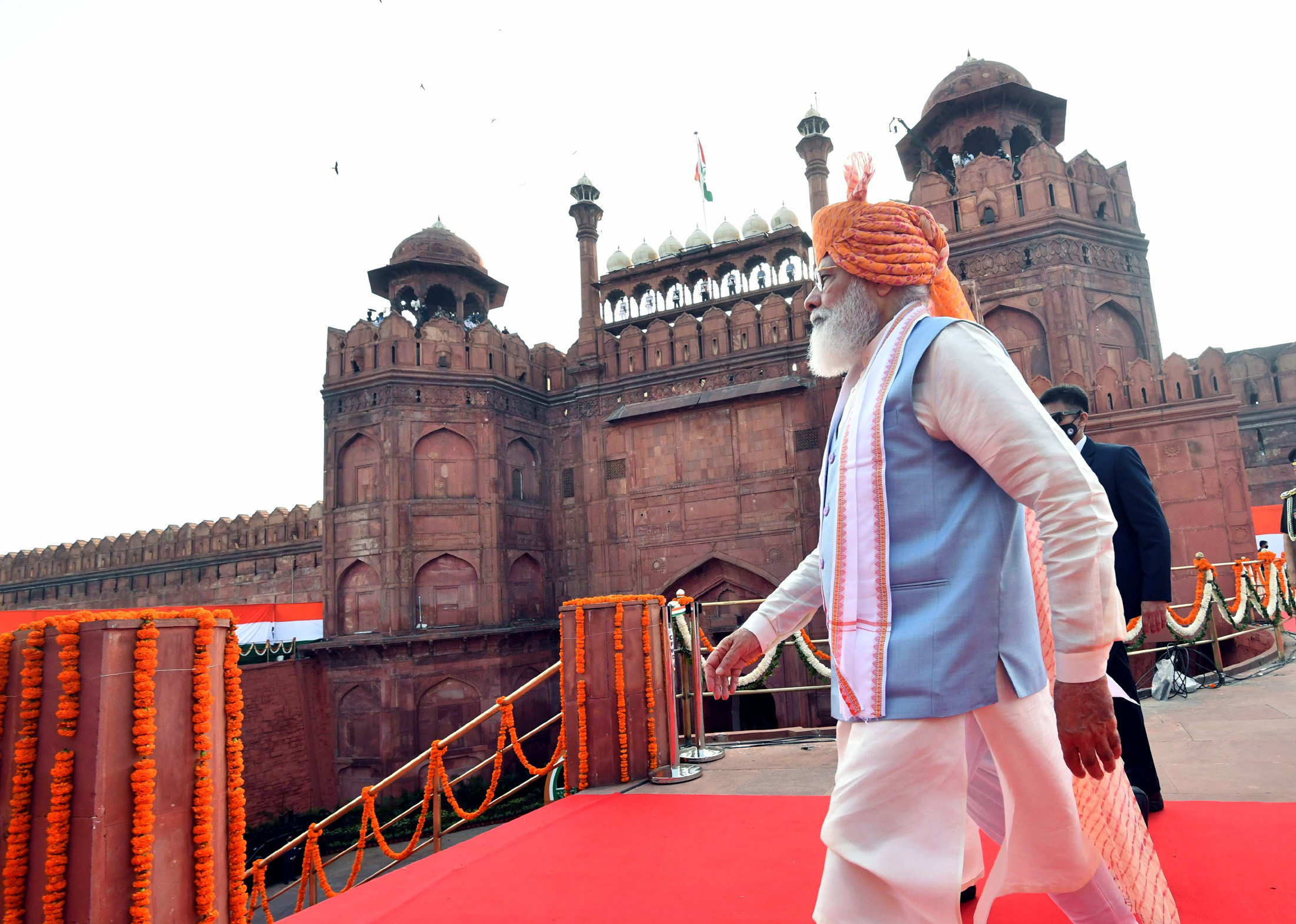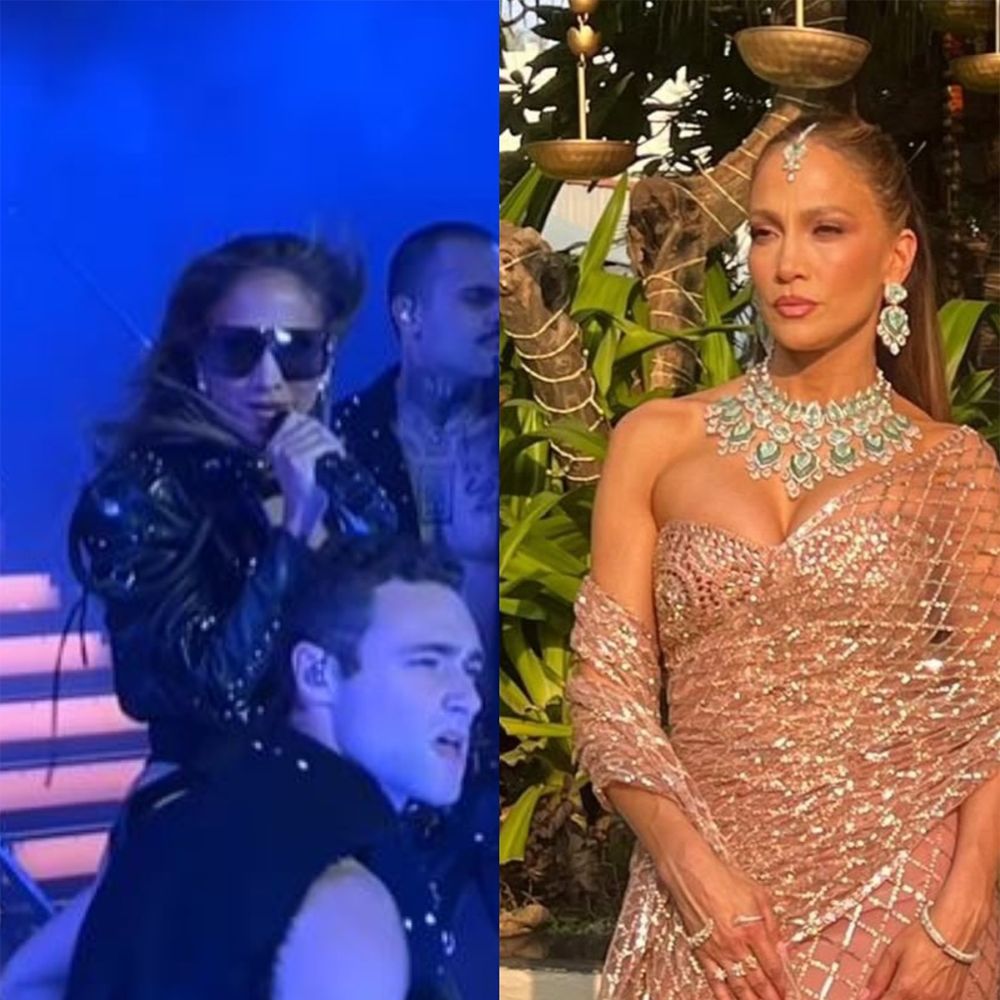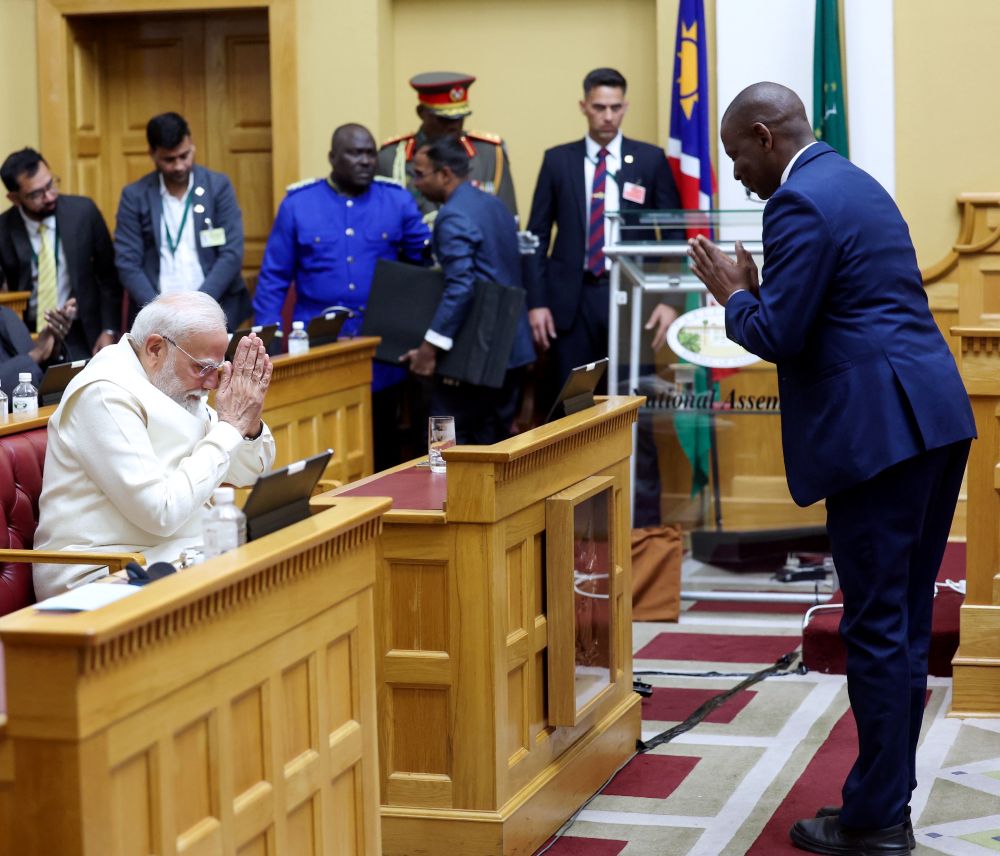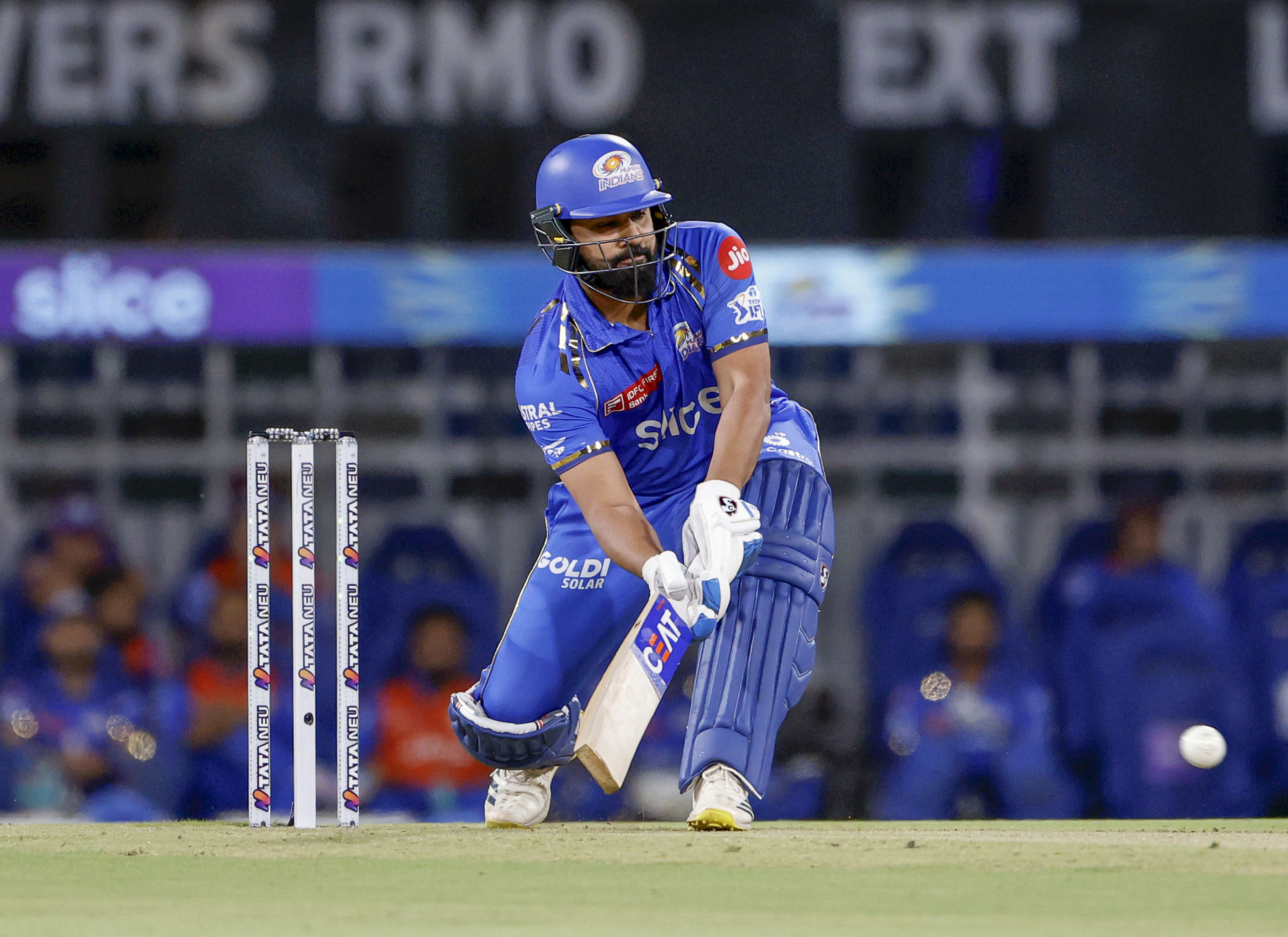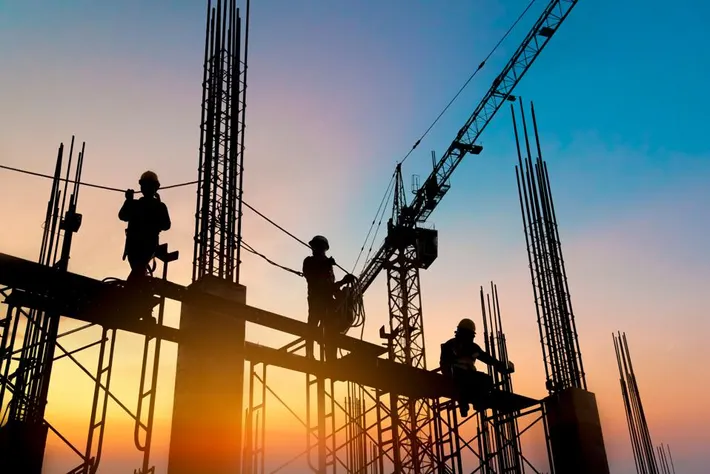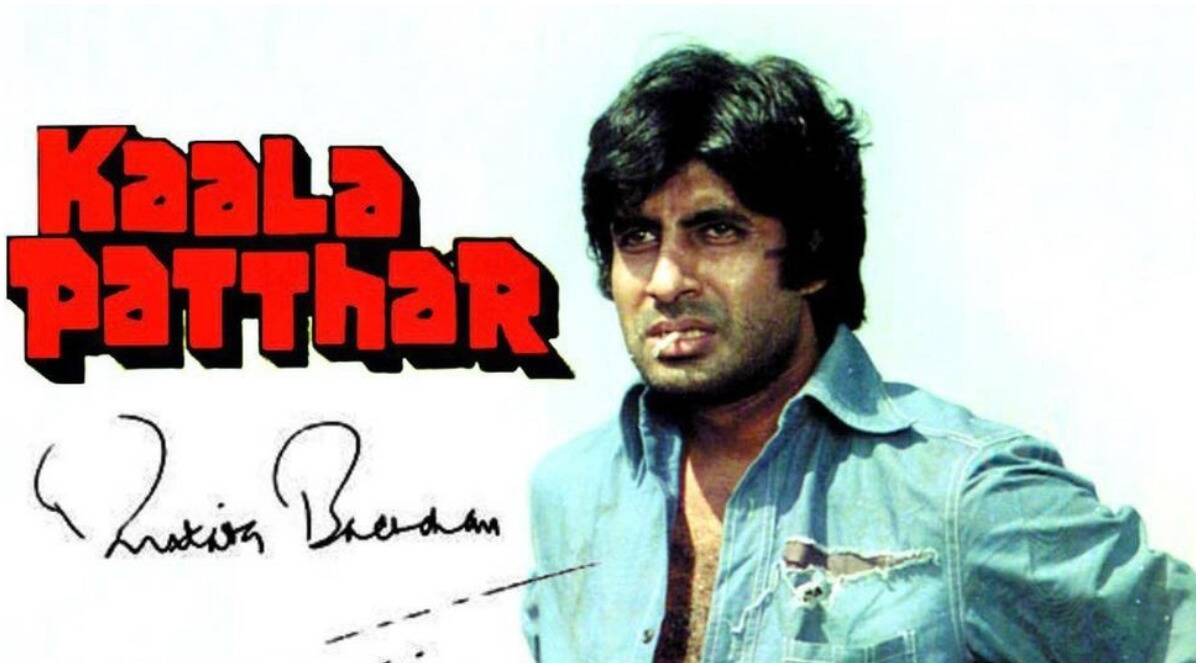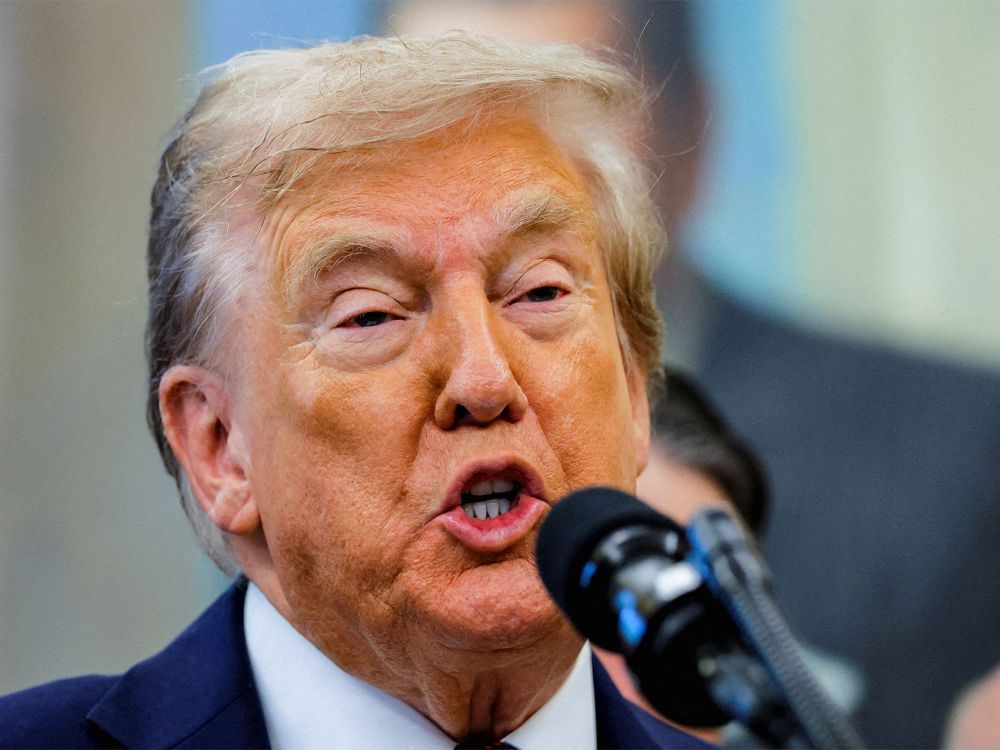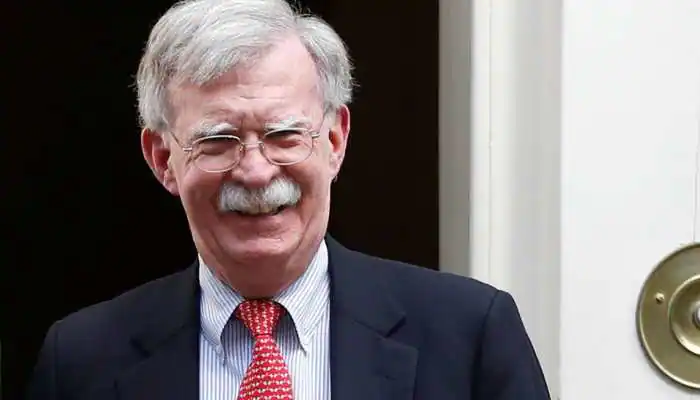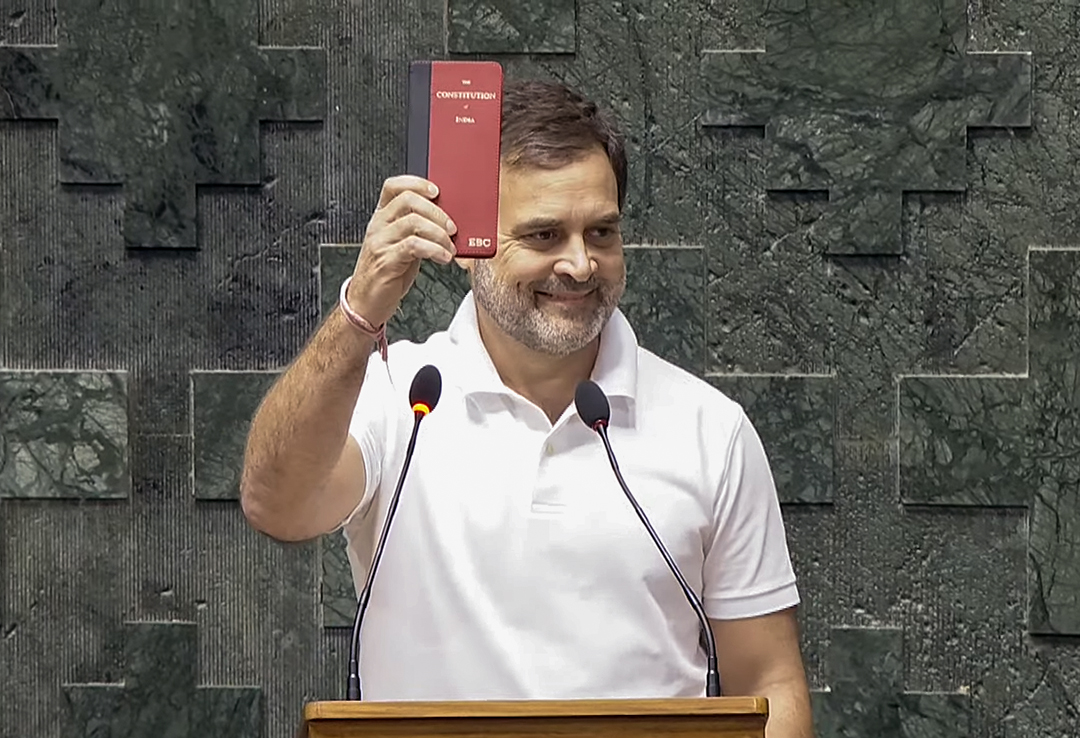Uttar Pradesh Chief Minister Yogi Adityanath is the number two choice for the prime minister with 11% support, followed by Rahul Gandhi at 10%.
Our Bureau
New Delhi
Prime Minister Narendra Modi has witnessed a 14% decline in support for the “Best Choice for Prime Minister” question in the India Today’s bi-annual survey titled the ‘Mood of the Nation’. The previous survey was released in January 2021. The survey was conducted between July 10 and July 20, 2021 across 115 parliamentary and 230 assembly constituencies in 19 states on 14,559 respondents. Compared with 2020, the popularity of Modi has dropped by a whooping 44%.
Uttar Pradesh Chief Minister Yogi Adityanath is the number two choice for the prime minister with 11% support, followed by Rahul Gandhi at 10%.
The survey is not good news for Modi and BJP. Almost 49% of the respondents rated Modi’s handling of the COVID-19 situation as outstanding / good. This is a sharp drop from 73% in January 2019. Further, 60% respondents feel the government has not done enough to control inflation compared to 35% in January 2021.
The sentiment of the respondents is negative with respect to the economic environment. 33% (double that of January 2021) feel the economy will deteriorate in the next six months. 21% (half of January 2021) feel the economy will improve while 43% (+7%) feel it will remain the same.
This highlights pessimism among the large section of the population and highlights the fact that markets (which are at record highs) do not represent the actual sentiment on the ground. The percentage of respondents (47%) rating the center’s handling of the economy as good or outstanding is the lowest since 2016. 46% (+7%) feel only big businesses have benefited from the Modi government’s economic policies.
Only 28% people now feel that their economic status has improved during Modi’s tenure. This number used to be in the 45%-50% range during August 2019 to January 2021. The economic devastation caused by the pandemic deficiently has a role to play in this drop.
Interestingly, respondents from states were asked to rate their chief ministers. Tamil Nadu’s M K Stalin, Odisha’s Naveen Patnaik, Kerala’s Pinayari Vijayan, Maharashtra’s Uddhav Thackeray and West Bengal’s Mamata Banerjee received the highest positive ratings in their states.

People seem to be more positive about the governance of regional parties than national parties.
In the Top 11, there are two BJP (Himanta Biswa Sarma and Yogi Adityanath) and two Congress chief ministers (Ashok Gehlot and Bhupesh Baghel). Yogi reported a positive rating of 29%, which is low given the polls next year.
While this is still a survey and there could be some inaccuracies, there are clear lessons for both the national parties which they can’t afford to ignore. For the BJP, the economy remains the biggest challenge for the party. For the Congress, the party needs to sort out its leadership issue soon besides raising real issues concerning the people.
Commenting on the survey, Yogendra Yadav, said: “The heart of the growing popular unease with the Modi government is the economic crisis, before, during and after the pandemic. This survey provides solid evidence, in addition to the already existing pool of data, that the people are not just losing income and jobs, they are losing their hopes too. Six months ago, optimists were more than double the number of pessimists when asked about the country’s economic future. Now the pessimists have overtaken the optimists. This impression is beginning to cast its shadow on the entire seven years of the Modi government: about as many people report a decline in their economic condition since Modi became PM as those who report an improvement.”
“Two factors stand out when you probe the reasons for this loss of hope. The first is “price rise”. Now, we must not conflate what the people call “manhgai” with what economists call “inflation”. Measured by the consumer price index, inflation is growing in the country but is still around 6 per cent, bad but not impossible. When the people complain about “manhgai”, more often than not, they are pointing to lack of purchasing power, or the rise in poverty. No wonder, over the last three waves of MOTNS, “price rise” has risen to be the number one “failure” of this government. Number two is unemployment. As many as 59 per cent now say lack of livelihood is a “very serious” concern,” wrote Yadav in a column.
















